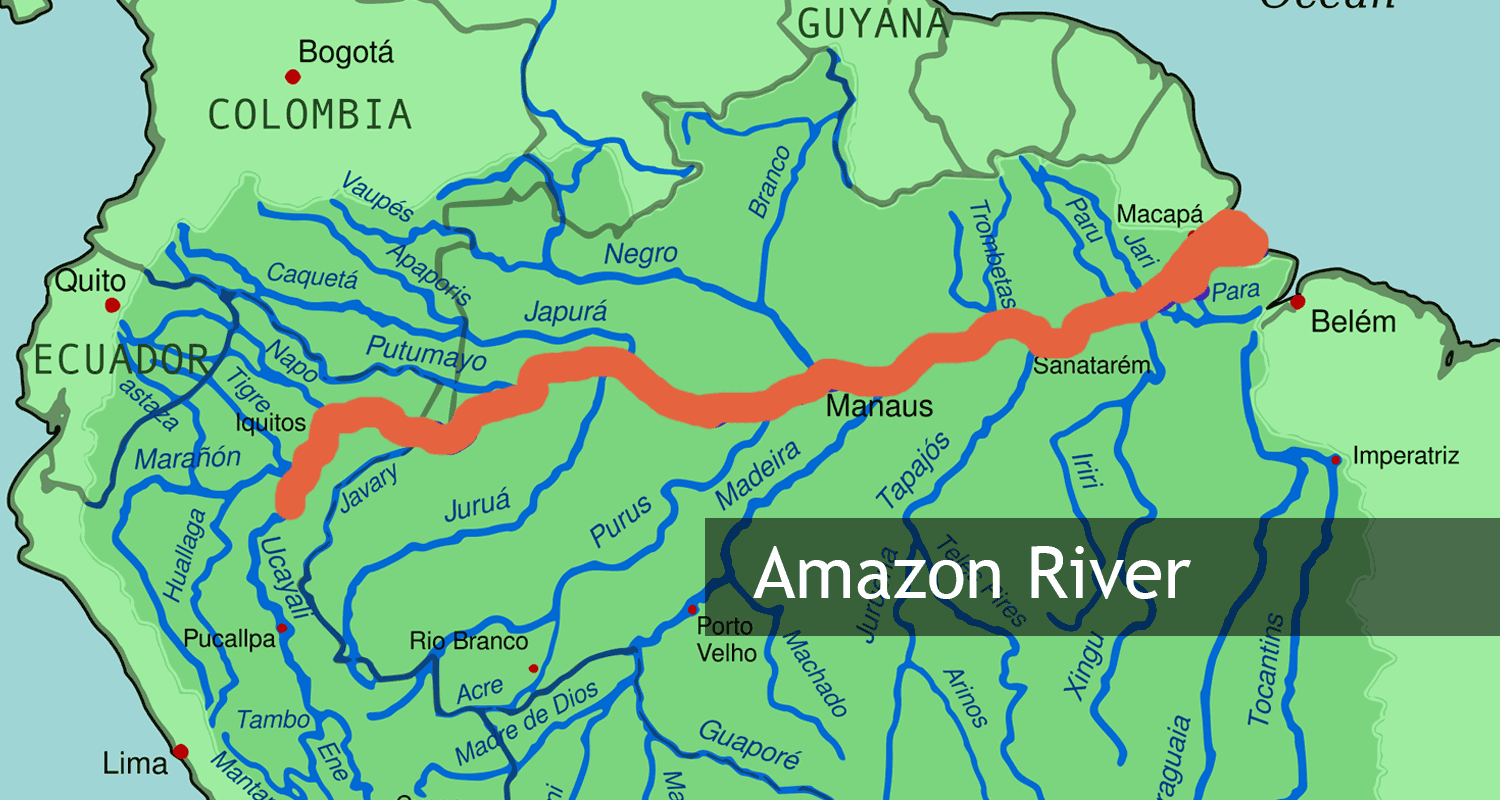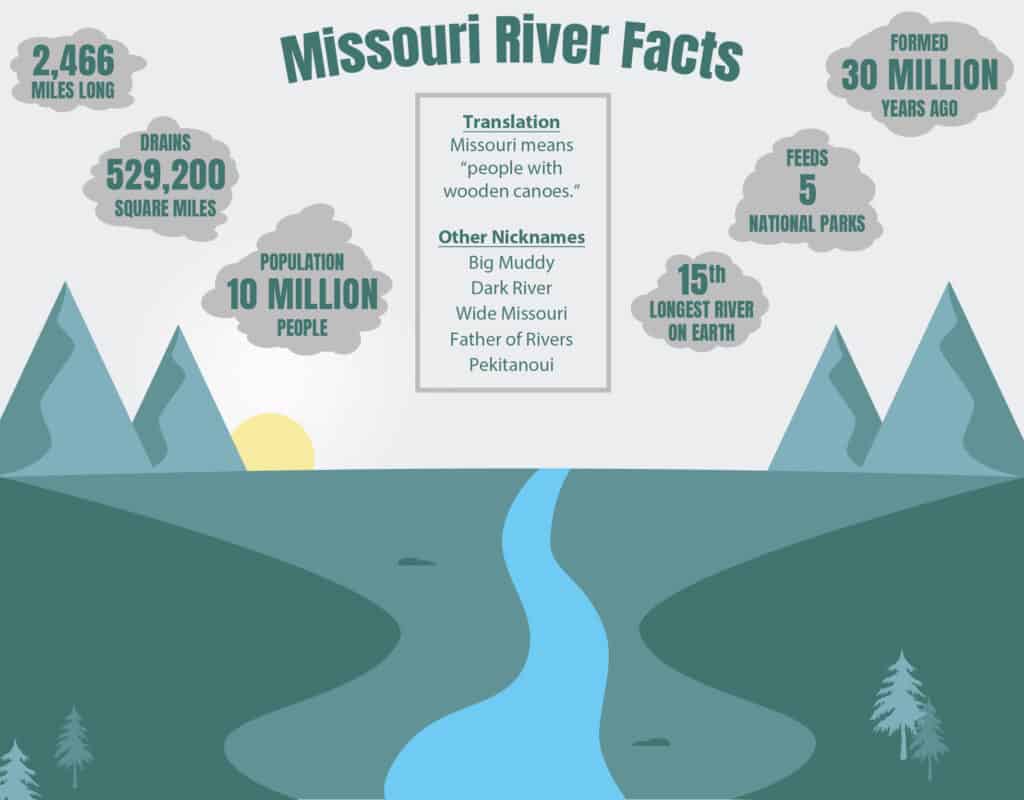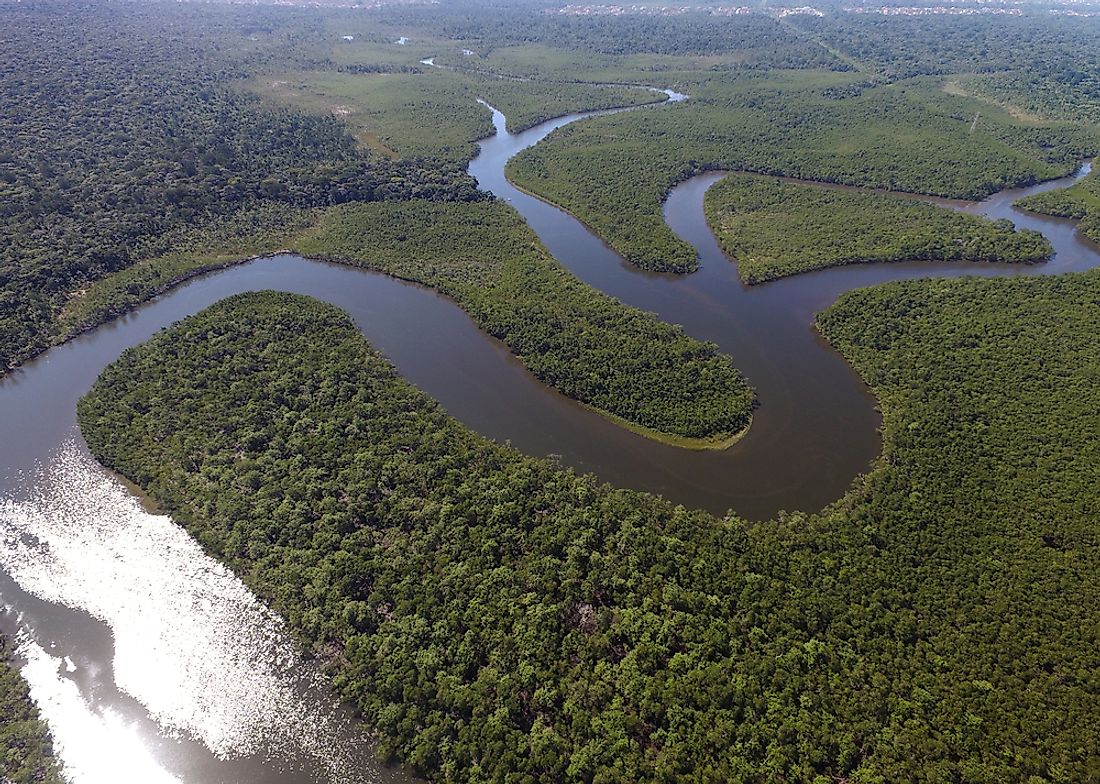Discover The Longest River In US - A Waterway's Tale
Our country, you know, is home to an incredible network of flowing waters, each with its own story and path across the land. From small streams that babble through quiet woods to massive rivers that carve out grand valleys, these natural wonders are, in a way, the very veins of our continent. They have shaped everything from the lay of the land to the places where communities have grown, providing sustenance and pathways for generations.
There are, as a matter of fact, roughly 250,000 separate rivers within the United States, adding up to something like 3.5 million miles of water paths. Just think about that for a moment – that’s a truly staggering amount of moving water! Many of these waterways stretch across more than one state, and some are so long that they even rank among the biggest rivers anywhere on Earth.
So, it's almost natural to wonder which one truly holds the title for being the very longest here at home. We're going to take a closer look at that particular river, share some interesting bits of information about it, and also touch on a few other impressive, lengthy waterways that wind their way through our nation.
Table of Contents
- What Makes a River the Longest in US?
- How Do These Longest Rivers in US Shape Our Country?
- What Challenges Face the Longest Rivers in US Today?
- Where Can You Explore the Longest Rivers in US?
What Makes a River the Longest in US?
When we talk about what makes a river the very longest, we are, in a way, looking at its entire winding path from where it first begins as a tiny stream to where it eventually meets another, larger body of water. This measurement can sometimes be a bit tricky, as there are different ways to count tributaries and branches. However, for our purposes, we're talking about the main stem, the primary course that carries the most water and stretches the furthest. It's about following that continuous flow, pretty much from its very first trickle to its grand conclusion.
Sometimes, these long rivers also act as natural dividing lines, forming borders between states or even countries. This means they are not just geographical features; they are also, in some respects, historical markers and points of connection or separation for communities. The way they flow and the land they pass through tell a story of geology, weather patterns, and the movement of water across vast distances. So, it's not just a simple number; it's a whole lot more than that, really.
The Missouri River - Our Longest River in US
Alright, so let's get to the main point: The Missouri River holds the distinction of being the longest river in the United States. It's a truly impressive waterway, often referred to as the "Big Muddy" because of the sediment it carries. This river stretches for about 2,341 miles, making its way through a good number of states. It's a rather significant part of our country's natural heritage, you know.
Its journey begins high up in the eastern part of the Rocky Mountains, near a place called Three Forks in Montana. From that starting point, it winds and curves, typically flowing east and then south. It passes through a good many states: North Dakota, South Dakota, Nebraska, Iowa, Kansas, and Missouri. Finally, after its very long trip, it joins forces with the Mississippi River just north of St. Louis. This joining of waters is, in fact, a really important geographical event.
Back in 1976, our country's lawmakers recognized how special a part of the upper Missouri River was. They set aside 149 miles of it as a component of the National Wild and Scenic River System. They called it, quite simply, an irreplaceable legacy. This means that particular stretch of the river is protected, allowing its natural beauty and wild character to remain for generations to come. It’s a pretty big deal, actually, for conservation.
Other Notable Longest Rivers in US
While the Missouri takes the top spot, it's not the only incredibly long river we have here. The Mississippi River, for example, is often considered the second longest in North America. It flows for about 2,350 miles, starting from its source at Lake Itasca and moving right through the middle of the continental United States before emptying into the Gulf of Mexico. It's, like, a truly iconic waterway, too.
Interestingly, the Missouri River, which we just discussed, is actually a major feeding stream for the Mississippi. Some sources even suggest the Missouri is about 100 miles longer than the Mississippi itself, if you consider their full independent lengths. This connection between the two means they form a massive river system that drains a huge part of the continent. The Mississippi, with its various branches, collects water from all or part of 31 U.S. states and even two provinces in Canada, which is, honestly, a lot of ground.
Beyond these two giants, there are other impressive rivers that stretch for vast distances. We're talking about waterways like the Yukon River, which flows through Alaska; the Rio Grande, which forms a significant border; and the Colorado River, known for carving out incredible landscapes. These are just a few of the top 10 longest rivers in the United States, and many of them, as a matter of fact, exceed 1,000 miles in their winding paths.
How Do These Longest Rivers in US Shape Our Country?
It's genuinely hard to overstate the impact these long rivers have had on the very fabric of our nation. For centuries, they have been far more than just bodies of water; they have been, basically, the lifeblood of communities, the highways for trade, and the inspiration for countless stories and songs. Think about it: without these flowing paths, the settlement and growth of our country would have looked completely different. They've really, truly, shaped the landscape, both naturally and culturally.
These waterways have, in a way, determined where cities were built, how goods were moved, and even how different groups of people interacted. They've been silent witnesses to history, carrying echoes of the past in their currents. So, when we look at a map and see these long blue lines, we're not just seeing geography; we're seeing the imprint of human endeavor and the constant flow of life.
A Lifeline for Culture and Commerce - The Longest Rivers in US
The major rivers of the United States have, for ages, served as the primary arteries for commerce. Before the widespread use of railroads and highways, these waterways were the most efficient way to move goods and people across vast distances. Barges still use the Mississippi River, for instance, as a main commercial route, carrying agricultural products and other materials. This means the rivers are, in fact, still very much at the heart of our economic life, literally moving the things we need.
Culturally, these rivers have left an indelible mark. The Mississippi River, for example, is a timeless symbol in American literature, commerce, and music. It's almost as if the river itself has a rhythm that inspired the blues, folk songs, and jazz music that were created and recreated along its banks. The stories of Mark Twain, for instance, are deeply tied to its waters, painting pictures of life along its shores. So, these rivers are not just about transport; they are about identity and the very soul of a place, too.
Recreational Pursuits on the Longest Rivers in US
Beyond their historical and economic importance, these long rivers offer incredible opportunities for recreation and enjoying the natural world. Many stretches of these waterways are perfect for activities like rafting, fishing, and kayaking. The Yellowstone National Park area, for example, offers places along its rivers where people can enjoy these kinds of outdoor pursuits. It's a wonderful way to experience the beauty and power of these flowing giants up close.
Whether you're casting a line into the water, paddling a small boat, or simply taking in the views from the riverbank, these places offer a chance to connect with nature. They are often surrounded by diverse ecosystems, providing homes for various kinds of wildlife. So, they are, in a way, open invitations for adventure and peaceful reflection, offering something for just about everyone who loves the outdoors.
What Challenges Face the Longest Rivers in US Today?
Even though these rivers are so important and have been around for so long, they are, sadly, not without their troubles. The very things that make them so valuable – their capacity to carry goods, provide water, and support communities – also put them under a good deal of stress. They face various kinds of threats in our modern world, and it's something we really need to think about.
For instance, pollution from various sources can affect water quality, harming the plants and animals that live in and around the river. Changes to the land around the rivers, like development or farming practices, can also impact their natural flow and the health of their ecosystems. Then there's the matter of changing weather patterns, which can affect water levels, sometimes leading to too much water, and other times to not enough. These are, basically, big concerns for the future of these important waterways.
Keeping these rivers healthy and vibrant for the future means we need to be mindful of how we use them and the land around them. It requires a careful balance between human needs and the needs of the natural world. It’s a pretty ongoing effort, you know, to make sure these incredible resources remain for generations to come.
Where Can You Explore the Longest Rivers in US?
If you're curious to see these magnificent waterways for yourself, there are countless places to visit along their lengthy courses. You could, for example, head to Montana to see where the Missouri River begins, or perhaps visit Lake Itasca in Minnesota, the humble start of the mighty Mississippi. Many of these rivers have parks, trails, and scenic overlooks where you can truly appreciate their scale and beauty.
You can find information about the states these rivers cross and the attractions they offer. Whether it's a quiet fishing spot along the Yellowstone River, which feeds into the Missouri, or a lively city waterfront along the Mississippi, there's usually something to experience. Many parts of these rivers are, in fact, quite accessible and offer unique perspectives on the country's geography and natural wonders.
The United States has so many amazing rivers, and the ones we've talked about here are just a few of the very longest. Each one tells a unique story about the land it flows through and the people who have lived alongside it. We'd truly love to hear your own thoughts about America's grand rivers. Which ones have you had a chance to experience? Maybe you have a favorite memory or a special place along one of their banks. Do drop us a comment below to share your stories; it's always interesting to hear about personal connections to these natural wonders.
- Anya Lacey Nude
- Autumren Nude
- %D8%B3%DA%A9%D8%B3%DB%8C %D9%88%D8%B3%DA%A9%D8%B3%DB%8C
- %D8%B3%DA%A9%D8%B3 %D8%B9%D8%B1%D8%A8%DB%8C
- Mayseeds Onlyfans Leak

The Longest River in South America | The 7 Continents of the World

Discover The Longest River In The US - A-Z Animals

What is the world s longest river amazon | The Fact Base